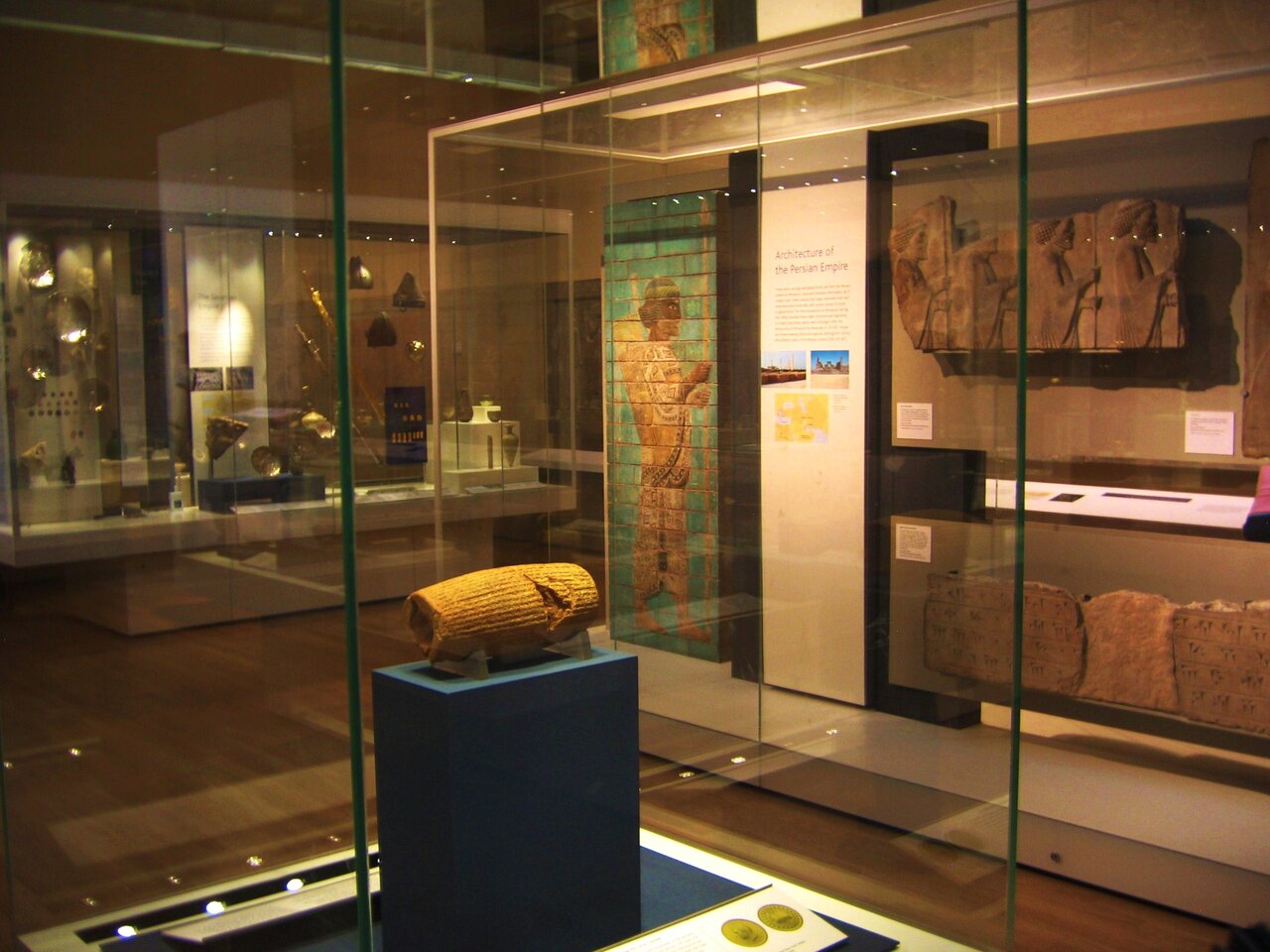Iran stands firm against transfer of Cyrus Cylinder to Jerusalem

TEHRAN – Iran is to take legal action against a possible transfer of the revered Cyrus Cylinder to Jerusalem, scheduled to take place next fall in the form of a loan exhibition by the British Museum.
An exhibition of the cylinder, which is often hailed as the first charter of human rights, is set to occur between October 4 and November 28 in the Occupied Territories, sources reported.
Iran’s Director General of the General Office of Museums, Hadi Mirzaei, has raised concerns about the planned transfer of the ancient artifact from the British Museum to a library in Jerusalem.
In that line, Mirzaei addressed separate letters to Amir-Hossein Gharibnejad, the vice president for Cultural Cooperation at the Ministry of Foreign Affairs, and Ali-Akbar Mottakan, the secretary-general of the National Commission for UNESCO-Iran.
In those letters, the official outlined the potential dangers associated with moving an artifact of such historical magnitude, stressing Iran’s intellectual property rights over the Cyrus Cylinder and calling for an immediate ban on its transfer.
Iran’s opposition is based on the 1945 Convention for the Protection of Cultural Property, a multilateral treaty designed to safeguard cultural treasures, especially in times of armed conflict.
In fact, Mirzaei urges legal measures in accordance with this convention, emphasizing the need for preventive actions to protect the cultural heritage represented by the Cyrus Cylinder.
The Cyrus Cylinder, which bears cuneiform script in the name of the Persian king Cyrus the Great, traces its origins to the ancient Achaemenid Empire and is intricately linked to the legacy of Cyrus the Great.
For Iran, this artifact stands as a pivotal piece of cultural heritage, symbolizing the roots of its ancient civilization.
A closer look at the 2,600-year-old icon of freedom
The 2,600-year-old Cyrus Cylinder is a small barrel-shaped clay cylinder, almost the size of an American football, which was inscribed in enigmatic-looking cuneiform on the order of the Persian King Cyrus after he captured Babylon in 539 BC.
The cylinder was buried under the walls of Babylon in Mesopotamia (modern Iraq) after Cyrus had captured the ancient city. It was concealed undisturbed for more than 2,400 years until it was dug up in 1879 by a British Museum excavation.
When the Babylonian cuneiform was deciphered and translated, it was immediately realized that the cylinder had a very special significance. It describes how Cyrus was able to defeat the Babylonian king Nabonidus with the aid of the Babylonian god Marduk, who had run out of patience with Nabonidus and his shortcomings.
Once Cyrus and his army entered the city, they did not burn it to the ground (as usually happened with conquered cities in this period) but he freed the population from forced labor obligations, sent them back to various shrines of statues of gods, and allowed the people who had been brought to Babylon by the Babylonian kings to return to their homes. By this act, he was effectively allowing people to pursue unmolested their own religious practices.
The empire, founded by the Persian kings Cyrus and Darius, stretched from the Balkans to Central Asia at its peak. It was the first state model based on diversity and tolerance of different cultures and religions.
AFM
Leave a Comment